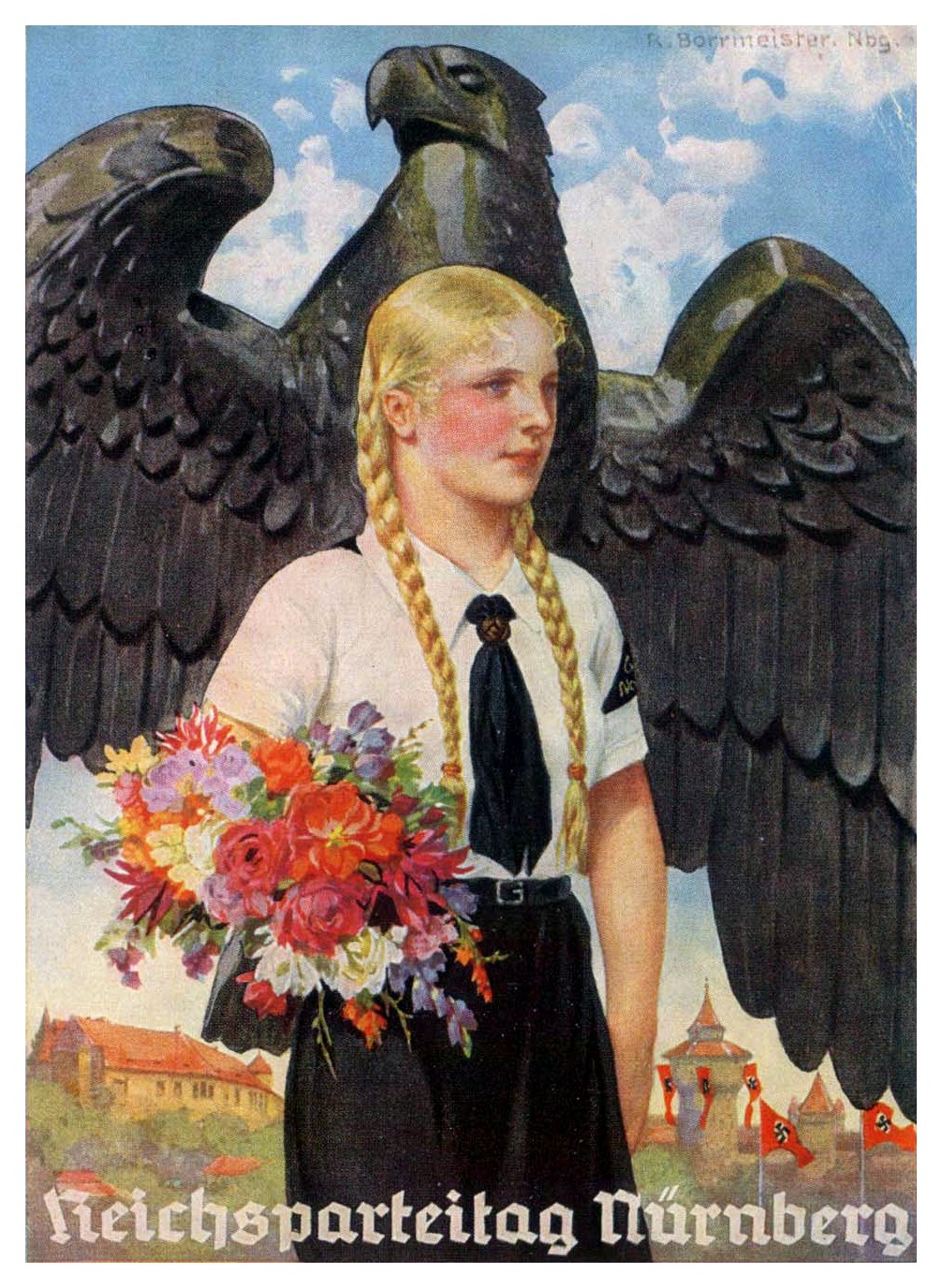1. Japan - Russia 1904-1905
The medal was created on 31 March 1906 for the members of the Imperial Japanese Army and Navy who participated in the war against Russia. The war between the Russian and Japanese Empires grew from their rival ambitions, especially in Korea and Manchuria. The victory of the Japanese shocked the western world, punctured the myth of European invincibility and contributed to military weakness and revolution in Russia and imperial ambition in Japan and Germany, all with eventually disastrous consequences.
2. WWI 1914-1920
Imperial Japanese Military World War One (1914-1920) Siberian Intervention medal. It was awarded to Japanese military personnel who were sent to Siberia to help the Czech military fight against the Bolsheviks. The other motive for Japan to Join the fight was to gain some Siberian territory and capture German held areas in China and the Pacific.
3. Showa Enthronement Medal 1928
The medal was created by Imperial Edit on 1 August 1928 awarded on 10 to 15 November of that year to those who attended the ceremonies of the accession in Kyoto and elsewhere and to those who officiated or assisted at them. Emperor Hirohito reigned from 1926 to 1989, the longest reign of any Japanese emperor. The reign of Hirohito saw great changes in Japanese society, from being titular head of a militaristic and expansionary regime and endowed with divine status to constitutional monarch of a modern consumer society. There was a strong body of opinion in 1945 in favour of trying the Emperor for war crimes but the need for stability in Japanese society and the view that he had exercised influence for moderation in very limiting circumstances saw that eventuality avoided. A fine example of an historic medal that is becoming increasingly scarce.
4. Manchurian Incident 1931-1934
5. Great Manchukuo National Foundation 1933
Instituted by Emperor Kang Teh [Hsuan-tung] as Emperor of Manchuria to commemorate the first anniversary of the establishment of the State of Manchukuo on 11th March 1933. Awarded in a single class, black lacquered bronze medal.
6. China Incident 1937-1945
The medal was created on 27 July 1939, amended in 1944 and abolished in 1946. The mountains, clouds and waves are representative of northern China, central China and the Yellow Sea as the medal was awarded to Japanese military leaving for China which had been invaded and partly occupied by Japanese forces. As war was never declared, the Japanese referred to the large-scale hostilities with great delicacy as an ‘incident’.
7. 2600th anniversary foundation medal 1940
In an effort to bolster national spirit, the 2600th anniversary of the founding of the Japanese Empire was celebrated in 1940. The special dating system (now no longer used) was called the Imperial Dating System. The first year was 600 BC, the date assigned to the mythical founding of Japan by Emperor Jimmu.
Celebrations were held around the country. This medal was awarded freely and is fairly common.
8. Japanese Red Cross
Regular membership medal. The attached blue rosette indicates a Life Member.
9. 4th Class Order of the Rising Sun
The Rising Sun award was the first of Japan's official orders, established in 1875. It has nine classes, the highest being the 1st Class Rising Sun Order of the Paulonia Flowers.















0 reacties:
Post a Comment